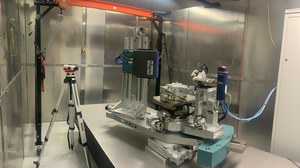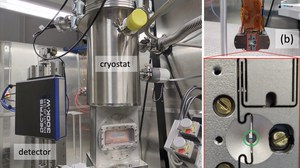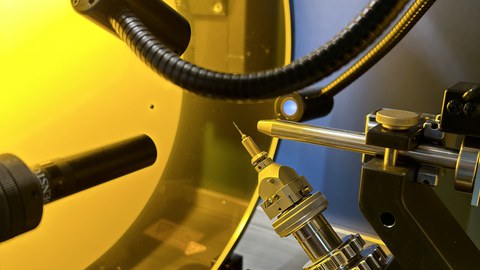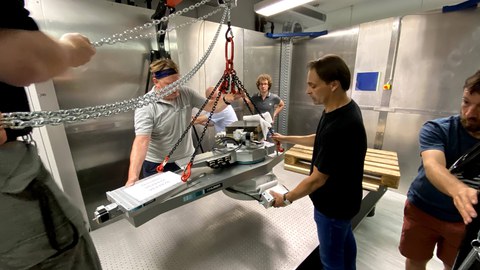Physics of Quantum Materials
Our research in the field of quantum materials addresses central unresolved questions of condensed matter science by means of leading-edge x-ray scattering and spectroscopy experiments. We perform these experiments in our laboratory and at large scale facilities all over the world. The goal is always to reveal the many-body quantum physics at work and to aid the development of new devices concepts.
Our group is part of the Collaborative Research Centers "Correlated Magnetism: From Frustration to Topology" (SFB 1143) and "the Cluster of Excellence ct.qmat. Especially important for the work in these projects is our DRESDEN concept Laboratory for "Advanced Imaging and Scattering Studies" (AIMS-Lab), which we operate together with IFW-Dresden.
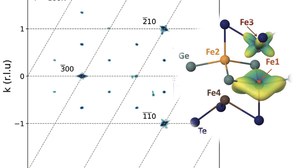 © IFMP/IFW
© IFMP/IFW
Our Research
In so-called quantum materials, strong quantum effects effects create novel states of matter that are well beyond available standard theories and therefore challenge our understanding of nature. Prominent examples are high-temperature superconductivity, spontaneous self-organization of electrons into spatially ordered structures or novel topological states of electrons in solids.
Apart from their significant scientific implications, quantum materials also hold promise for technological applications in the future. Quantum materials have the potential to facilitate efficient energy generation and storage, as well as serve as a robust platform for quantum computing and data storage. Today, researchers are actively pushing the boundaries of exploration to harness the exceptional physical properties exhibited by these materials, with the ultimate goal of developing a new generation of electronic devices.
In Dresden there are 2 large research initiatives working on quantum materials - in all of them our group is active:
- Collaborative Research Center 1143: Correlated magnetism: From frustration to topology
- Cluster of Excellence ct.qmat: Complexity and Topology in Quantum Materials

